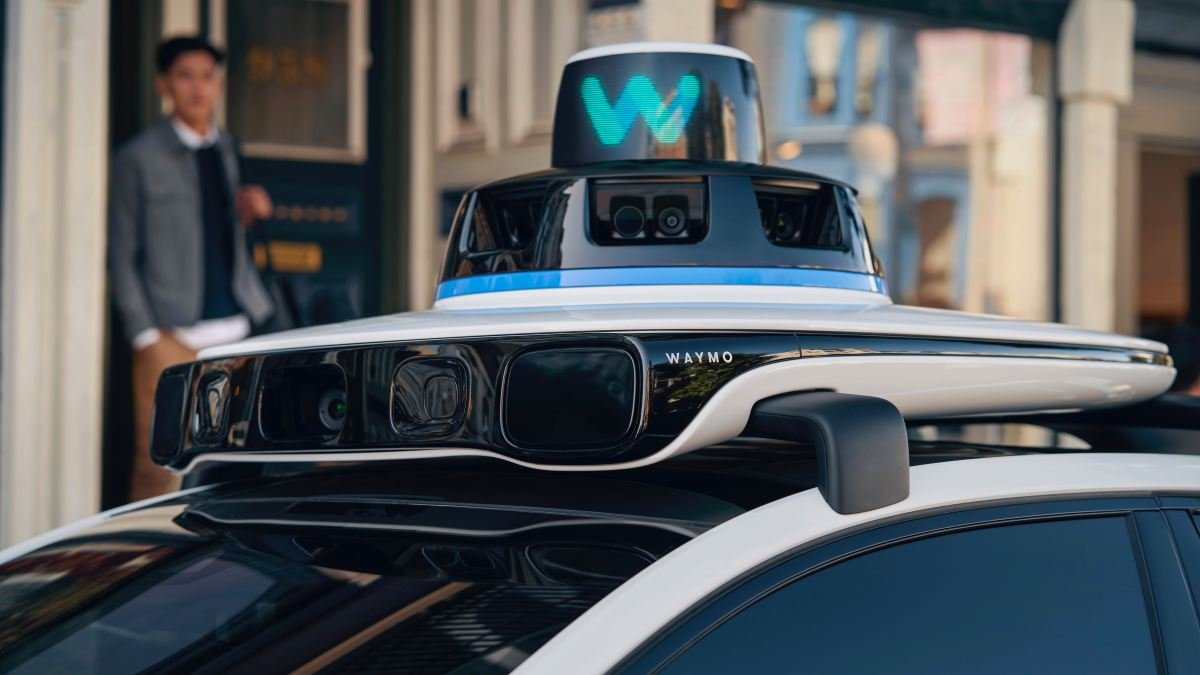Waymo, the self-driving company under Alphabet, has expanded its testing and deployment domain with the addition of Atlanta to its ever-growing list of cities. On Tuesday, the company began testing its robotaxis in the bustling city, marking a crucial step in its mission to revolutionize transportation.
Over the next few months, Waymo will deploy a handful of cars driven manually by humans to gather mapping data and get acquainted with Atlanta’s unique environment. Sandy Karp, a Waymo spokesperson, shared with TechCrunch that the company aims to eventually test its fully autonomous robotaxis in the city without the safety driver in the front seat.
Winter in Buffalo ❄️🦬, Spring in DC 🌸🏛️, and Summer in Atlanta ☀️🍑! We’re taking the #WaymoDriver to the ATL as we continue evaluating how our system generalizes to different environments and new experiences.
This cross-country training program is an important milestone in Waymo’s journey towards creating a safe and efficient self-driving system that can adapt to diverse cities and varied conditions.
Like many other states, Georgia’s regulation of autonomous vehicles is minimal, giving Waymo the opportunity to test its robotaxis without a safety driver today as long as they meet the state’s risk conditions.
Waymo declined to comment on whether it plans to launch commercially in Atlanta, or any of the other cities in which it has started collecting mapping data. However, the company has set its sights on scaling its fully autonomous Waymo One ride-hailing service in the cities where it operates and continuing to advance its technology responsibly and safely through road trips to different locations across the U.S. #WaymoOne has been successfully serving passengers in Phoenix since 2022 and is expanding its services to include curbside dropoff and pickup.
Atlanta is just the latest addition to Waymo’s territory in the past few months. Last week, the company officially launched its paid robotaxi rides in Los Angeles, marking another milestone in its journey towards making self-driving technology accessible and convenient for everyone. In March, California regulators approved Waymo’s plans to expand its commercial robotaxi service across the San Francisco peninsula and on San Francisco freeways, providing a route to San Francisco International Airport. And in November 2023, the company started winter testing its robotaxis in Buffalo.
“We’re laser focused on scaling our fully autonomous Waymo One ride-hailing service in the cities where we operate, as we continue safely and responsibly advancing our autonomous technology through road trips to various cities around the U.S.,” said Karp.
But Waymo’s growth is not just limited to the U.S. The company has also started offering driverless rides to its employees in Austin in March and plans to open up the service to the public later this year. This is in addition to its expansion plans in other countries, such as Japan and France, where it is currently seeking partnerships and collaborating with cities to develop self-driving technology.
Waymo’s recent achievements are reminiscent of its former competitor Cruise’s increased activity last year. By August 2023, Cruise had announced initial data collection in Atlanta, alongside Seattle, Washington D.C., Las Vegas, and other major cities. Additionally, it had begun testing its robotaxis in Austin, Houston, Dallas, and Miami and was operating a limited robotaxi service in Phoenix.
Cruise’s ambitious expansion plans came to a sudden halt after an incident in San Francisco that resulted in suspended permits and a decision to ground its entire fleet. (The California Department of Motor Vehicles reports that Cruise is in the process of trying to get its permits in the state back.)
It’s important to note that Waymo and Cruise are not the same. While Cruise has faced scrutiny for its robotaxis malfunctioning on public roads, blocking traffic and first responders, Waymo has been praised for its slower progress and fewer incidents. However, like any groundbreaking technology, Waymo’s system is not without its faults. In February, the company recalled the software that powers its robotaxi fleet after two vehicles crashed into the same towed pickup truck in Phoenix. In another incident, a Waymo robotaxi struck and killed a dog in June 2023.









Very interesting details you have noted, thanks for putting up.Blog monetyze